Civil War Flags
Why are Civil War flags interesting? Good question...
Throughout much of history, in time of war, the flag has always been one of the most important pieces of battlefield equipment...
During battle, the Civil War flags gave soldiers a rallying point. When battle was raging, it was impossible for units to stay together or for commanders to know exactly what was going on without the flags. Flags identified groups of men as friend or enemy, and allowed commanders to know what movements were being taken by their various units. When men became separated from their units they could identify their unit by its battle flag, or at least pick out their national flag so that they would know which direction would lead them back to their comrades.
Civil War Flag Quick Links:
Flags also have a major psychological impact in battle as well. This was definitely true of Civil War flags. There was nothing more disgracing for a unit than to lose their battle flag. The loss of this single piece of cloth could totally shatter a unit's morale. On the flip side, capturing an enemy flag was a huge morale boost for a unit. The importance of the Civil War flags can be seen in the fact that the Union often gave the Medal of Honor to men who captured a Confederate flag or saved their own flags.
One familiar flag story is the incident involving future Confederate spy Belle Boyd. She shot a Union soldier after he and Belle's mother got in an argument about him flying a Union flag over the Boyd's home.
A better description of the power of the flag to the soldier who fought under it can be found in Union General Joshua Chamberlain's touching description of the Confederate surrender at Appomattox Court House:
"Lastly, — reluctantly, with agony of expression, — they tenderly fold their flags, battle-worn and torn, blood-stained, heart-holding colors, and lay them down; some frenziedly rushing from the ranks, kneeling over them, clinging to them, pressing them to their lips with burning tears. And only the Flag of the Union greets the sky! "
In the Civil War flags section, we will try to give details on a number of flags from the war, while at the same time finding the stories that make each flag unique...
Civil War Union Flag
The Union flag during the Civil War went through a few changes. The official policy of the U. S. government was to leave stars representing the seceded Confederate states on the flag. The reasoning behind this decision is quite simple. The Union did not recognize the validity of secession, or see the seceded states as separate entities. Therefore, in the mind of the government, those states had not actually left the country, they were just misbehaving...
So, the U. S. flag did not lose any stars during the Civil War. At least not officially...
Unofficially, however, there were many flags made with stars removed to represent the departure of the Confederate states. That is why there are a number of Union flags that can be found from this period with 23, 24, or 25 stars on them.
The official flag however consisted of 33 stars when Abraham Lincoln took office in 1861. One of the most famous flags bearing 33 stars is the Ft. Sumter flag (above). This is the flag that was flown at Ft. Sumter when the Confederates began bombarding it on April 12, 1861, the first official action of the Civil War.
On July 4, 1861, a star was officially added to the flag for the new state of Kansas. The official version of the 34 star flag (top left) had a very basic star arrangement, but there were many very interesting variations to the 34 star flag developed during this time. Abraham Lincoln was the only President to hold office under a 34 star flag.
West Virginia was added as a state, and on June 20, 1863, a 35th star was added to the flag. This 35 star flag saw some of the Union's most famous victories and was the official flag when Lee surrendered and the Civil War ended. Some 36 star flags did appear towards the end of the war, because, Nevada was added as a state in 1865, but the 36 star was not officially added to the flag until after the war.
Confederate Flag
The Confederacy saw the use of three different national Civil War flags during its brief time as the official government of the South. The first Confederate flag, the "Stars and Bars" (top right), was designed by Prussian artist Nicola Marschall. This design was chosen over a different design submitted by William Porcher Miles, chair of the Confederate Committee on the Flag and Seal. The "Stars and Bars" flag design was based on the Austrian national flag. This flag initially had just seven stars, but as more states seceded, stars were added. Eventually, the "Stars and Bars" flag ended up with 13 stars, with two of them representing the border states of Missouri and Kentucky.
In May 1863, it was decided that the "Stars and Bars" should be replaced; because, the flag could easily be confused with the Union flag at a distance. The new design was called the "Stainless Banner," and called for a pure white flag with a Confederate battle flag emblazoned in the top left corner.
The "Stainless Banner" soon fell out of favor as well; because, some considered it to be "too white," and it could sometimes be mistaken for a white flag of truce. Therefore, the third Confederate national Civil War flag was introduced on March 4, 1865. The new flag was called the "Bloodstained Banner (above)." It was the same as the "Stainless Banner," except a vertical red bar was added to the end of the flag. This flag was only in use for a few weeks before the Confederate surrender and the end of the Civil War.
Civil War Battle Flags
Civil War battle flags are some of the most interesting flags of the entire war. Each flag tells the story of its unit. Take for example this Civil War flag picture. If you look closely, you can see in the center that this was the battle flag of the 2nd Regiment of North Carolina infantry. Also, you can see that these men took part in the battles of Mechanicsville, Cold Harbor, Malvern Hill, Sharpsburg (Antietam), Fredricksburg, Chancellorsville, and Boonsboro. One can only imagine the violent action that this flag flew over during the American Civil War.
This flag is in the famous design that most people are quickest to identify as "The" Confederate flag. This design was actually officially known as the Battle Flag of the Army of Northern Virginia, and it is the design that William Miles had initially put forth for the national flag.
At the Battle of Manassas, the first major battle of the Civil War, Confederate General P. G. T. Beauregard noticed immediately, that the similarity between the "Stars and Bars" and the "Stars and Stripes" caused confusion on the battlefield. Therefore, he talked to his aide, Miles, about what might be done. Surprise! Surprise! Miles had an idea. Change the Confederate flag to his original design, but the Committee on the Flag and Seal voted down the proposal. So, General Beauregard took it up with his superiors, and eventually a uniform battle flag was introduced throughout the Army of Northern Virginia. William Miles must have been saying "I told you so," when his design became the most popular symbol of the Confederacy...
During the Civil War, both Confederate and Union battle flags were extremely important. On both sides, the individual regiments were identified by their battle flags, and they held those flags more dear than just about anything else. Some of the bravest men in the entire war were the color bearers who carried the flags through battle. Firstly, they could not really defend themselves while holding these massive flags; and secondly, everyone was gunning for them.
Overall, I bet Civil War flags might be more interesting to learn about than you might have first guessed. Tell you what, if you read everything I get posted about Civil War flags, and you think its all boring, feel free to send me a strongly worded email via the Contact page...
|
|
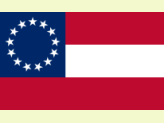
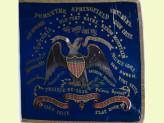
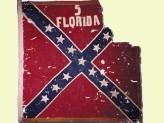
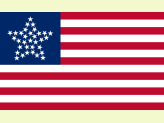
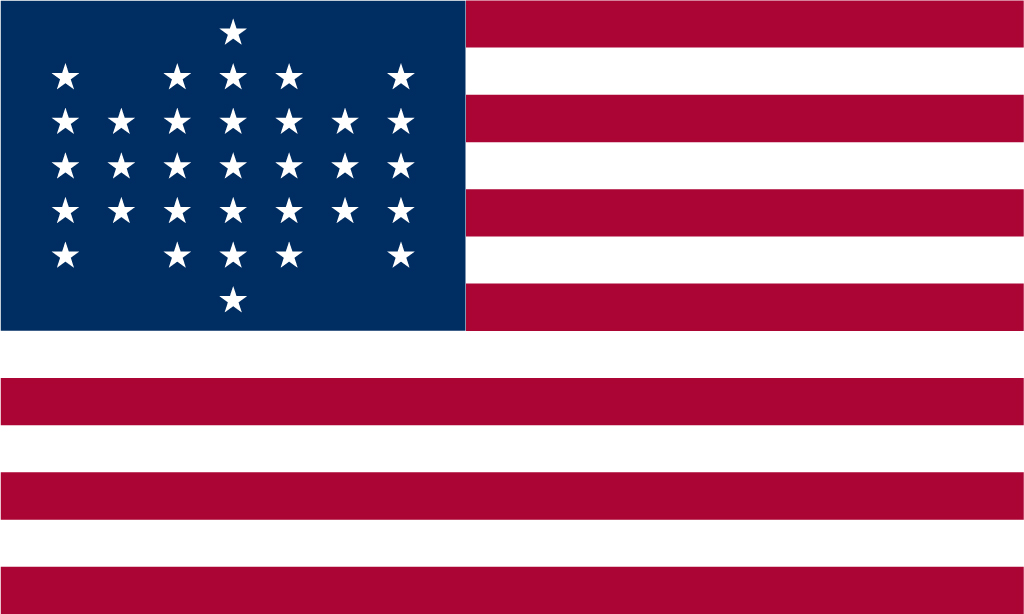
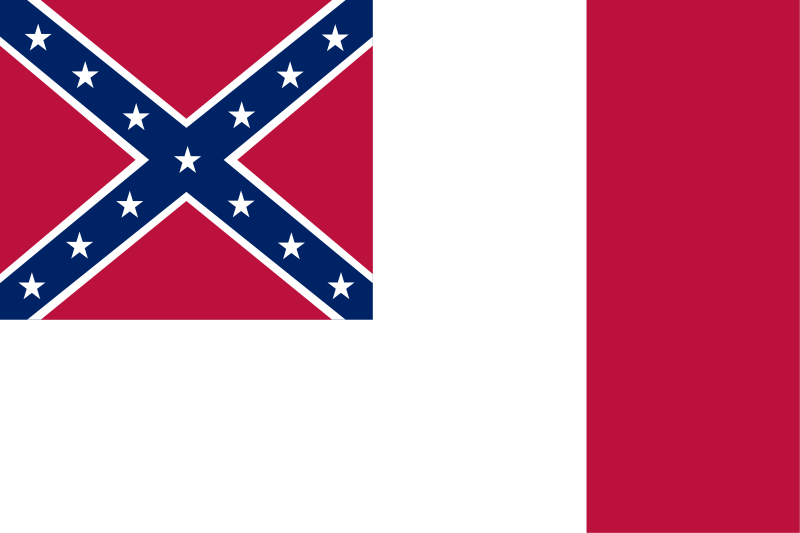
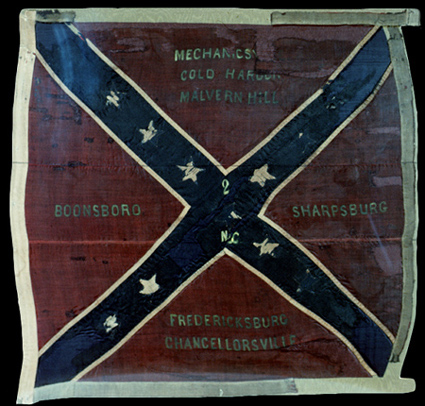
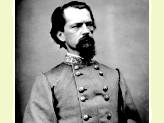
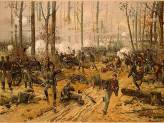
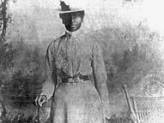
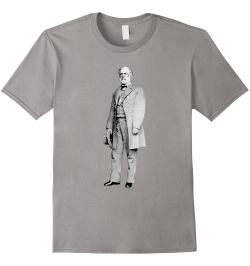
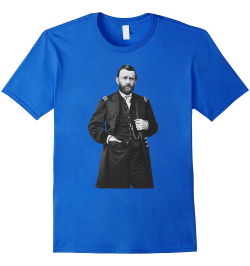


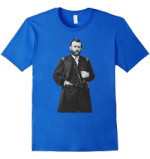
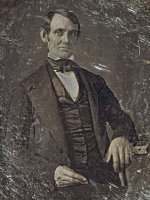
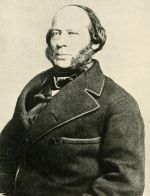
New! Comments
Have your say about what you just read! Leave me a comment in the box below.